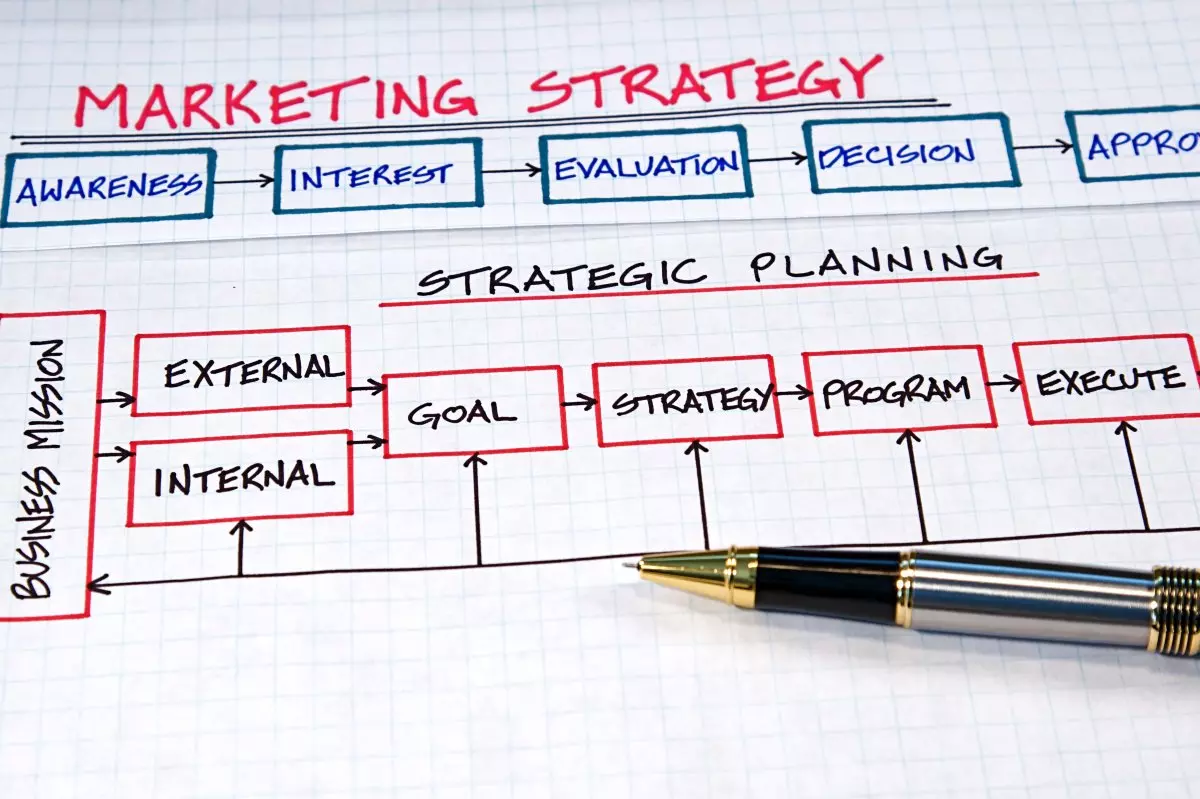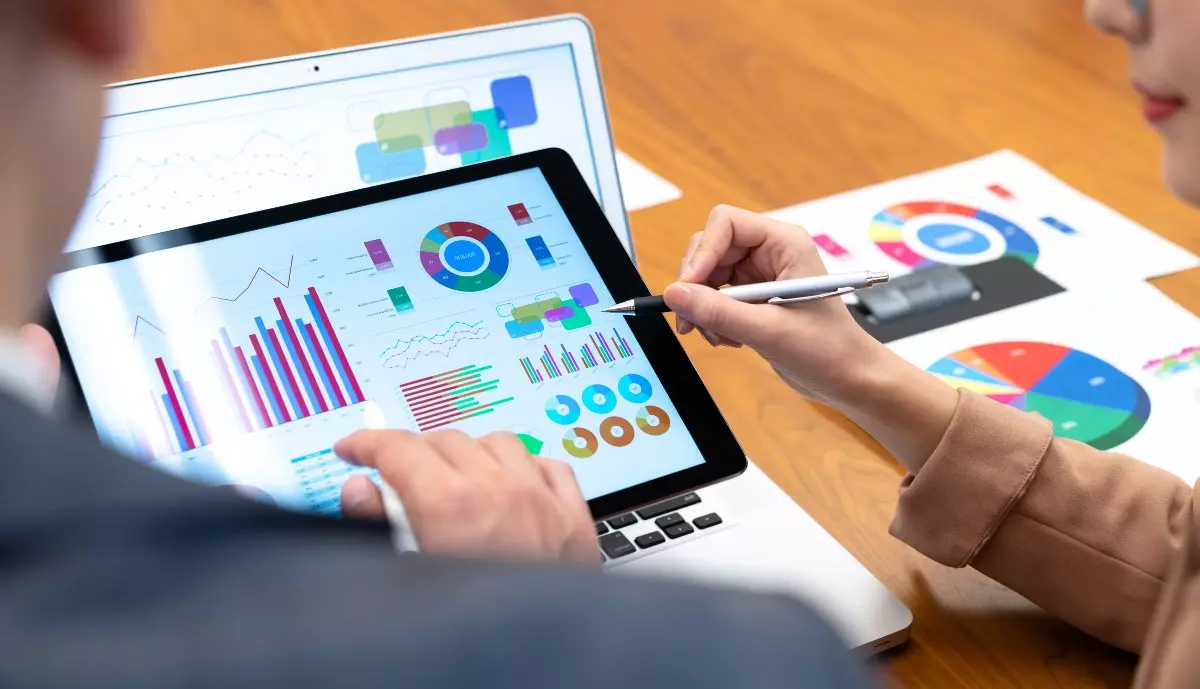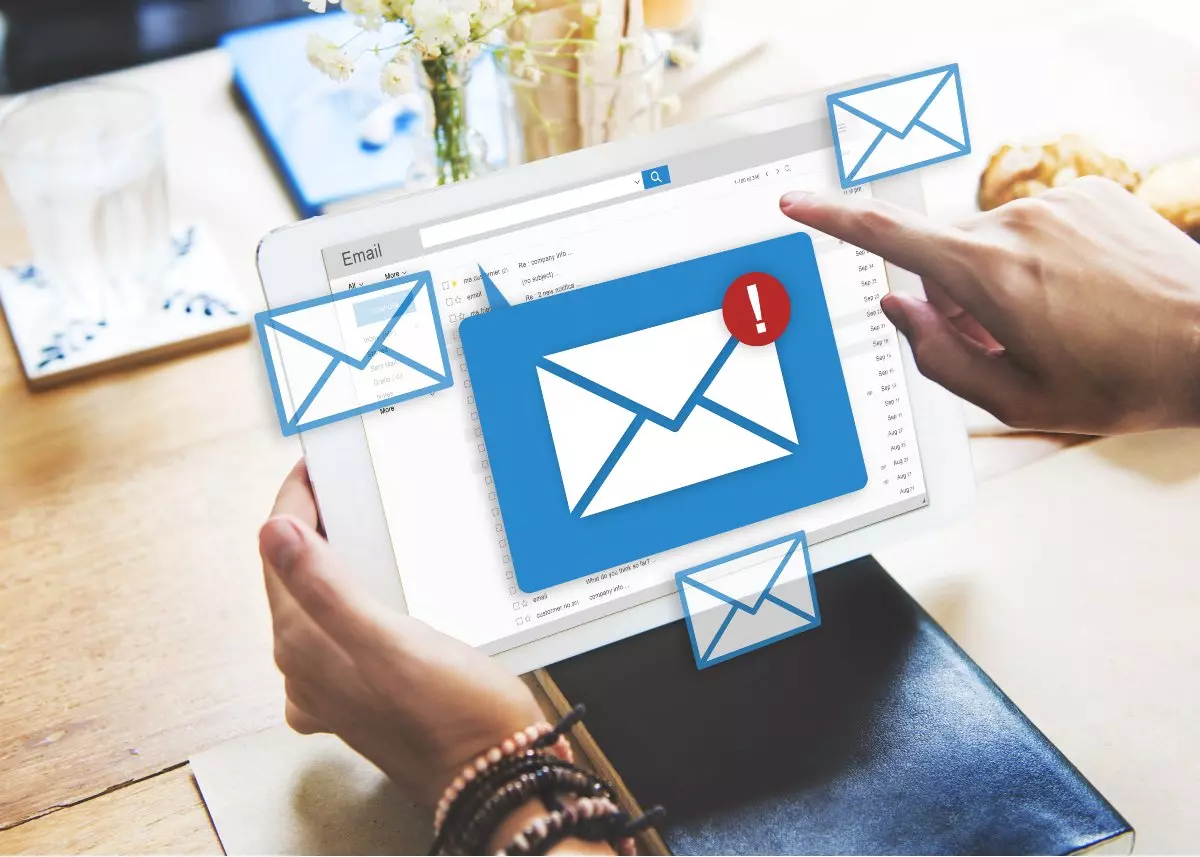American businessman and author Howard Schultz says, “If people believe they share values with a company, they’ll stay loyal to the brand.” But how can you reveal whether people share your values and are loyal to your company? That’s where a marketing or brand funnel steps in.
Also called a purchase funnel or sales funnel, a marketing funnel represents the consumer’s journey with your company from initial brand awareness to product or service purchase.
So, by analyzing your sales funnel, you can measure your customers’ progress throughout their purchasing journey. And understanding your customers’ journey is crucial for your company’s success.
How Does a Brand Funnel Work?
American advertising advocate E. St. Elmo Lewis developed the concept of the brand marketing funnel in 1898. It was called an AIDA (attention, interest, desire, action) funnel model mapping a theoretical customer journey from the top to the bottom of the funnel.
Thanks to this marketing model, you can track your brand performance easily. How? This model observes the individual’s journey, from not knowing about your company, product, or service to becoming a loyal customer.

What is a marketing funnel example? For instance, a shopper sees a product on clearance and becomes interested. Next, the shopper selects a product and walks to the checkout. Finally, the shopper finishes the purchase and reaches the bottom of the funnel.
By looking at your marketing funnel, you can accurately see how strong the relationship between your customers and your brand is at different stages. Thus, you can better understand the performance of your business and work on improving the weak sides. As a result, you can grow your chances of acquiring loyal customers in the end.
According to HubSpot, a marketing or conversion funnel works via the following stages:
Top of the Funnel (TOFU) or the Awareness Phase
Potential customers engage with your company, often through your website, ads, email marketing, or social media. Here, you deal. A lead is a consumer interested in what your company offers. These consumers are considered “cold” leads because they aren’t interested in making a purchase yet. Instead, they’re starting their research process.
Middle of the Funnel (MOFU) or the Consideration Phase
At this stage, your potential customers already know about your brand and want to learn more. Here, you deal with, that is warmer leads. At this stage, consumers may sign up for your email newsletter, start following you on social media, download guides, or request demos.
Bottom of the Funnel (BOFU) or the Conversion Phase
This phase or stage comes right before purchase. Here, you deal with qualified leads, often referred to as “hot” leads. These potential customers have already received good information and relevant touchpoints. You need to help them convert into customers by offering a free trial, outlining pricing, or offering a discount for their abandoned shopping cart.
Here, it’s essential to note that public relations (PR) play a unique role in all this. Why? Public relations refers to managing how people see and feel about your company. PR ensures your potential customers are aware of your brand and its unique value, thus increasing the chances of a sale.
Let’s take a more detailed look at the marketing funnel stages.
Awareness Stage of Brand Funnel
Your brand awareness funnel shows how many people know your company and recognize the product or service you sell. This stage of your brand funnel is about attracting prospects (potential customers) to your business and boosting their interest. To boost interest, use:
- Google ads
- Facebook ads
- Content marketing
Your company creates and shares relevant articles, videos, podcasts, and other media as a part of your content marketing strategy.
However, attracting prospects isn’t solely done by implementing content marketing or advertising strategies. Your company must also track ad performance to assess the success of these strategies. Ad tracking software monitors visits, clicks, and conversions with real-time reporting, as well as cost and profit analysis.

For example, the number of clicks or visits can demonstrate which platforms or types of ads generate the most consumer interaction. So, you can use your insights to optimize your campaigns and invest more money in successful marketing strategies.
Consideration: Second Stage of Brand Funnel
At this stage, leads are already generated. So, it would help if you started developing a relationship with potential customers.
These consumers spend more time researching your product or service before making a purchase. So, they aren’t looking for promotional content. Instead, they want to know how your product or service can solve their problem or add value.
That’s where attraction marketing comes into play to help draw prospective clients to your brand. You can do this through content, such as regular blogging, to educate and build a relationship with the consumer. This way, you can boost your chances of building a loyal customer base and selling.
Preference
At this stage of your brand funnel, your prospects start measuring how your company compares to your leading competitors to decide which brand to choose.
Focus on demonstrating your company’s distinct value and offering objective reasons why people should choose your brand over the competition. Consider offering your prospects resources like pricing guides, product page content, case studies, webinars, and white papers.
Usage
At this point, your prospects have already determined they have a problem, studied the available solutions, figured out which one is best for them, and are currently using your product or service. Specifically, the usage stage shows the frequency at which your customers use your brand. So, it’s time to provide free trials and money-back guarantees to attract more leads and increase sales.
Advocacy: The Final Stage of Brand Funnel
At this stage, you should show you care about what your customers think and incorporate their feedback into improvements. As a result, they’ll become fans of your brand and refer you to their friends and colleagues. So, use surveys, create referral programs, and facilitate better post-purchase behavior by offering helpful FAQ content.
The Benefits of Analyzing Marketing Funnels
The analysis of your brand funnel allows you to:
- Plan and measure your company’s efforts to attract, engage, and convert prospects. As a result, you’ll have a better understanding of what types of content and marketing materials like landing pages and ads to invest in.
- Quickly determine the health of your brand, which shows whether your brand performs well or not.
You need to look at each step of the sales funnel individually or examine the funnel shape that you can find below.
Different Shapes of the Brand or Marketing Funnel
Your marketing funnel can have more than one shape. Each of these shapes points to a specific situation. For example, you may have too many or not enough leads, few visitors, and a low conversion rate. Let’s look at different funnel shapes and tactics you can use in each case.
Skinny Brand Funnel
A skinny shape speaks of a poor marketing plan that doesn’t resonate with your target audience. To improve the situation, launch engaging brand awareness campaigns by regularly posting on social media. Additionally, interact with your audience by asking questions, responding to comments, and retweeting or sharing their content. Finally, turn to storytelling to engage with your audience.
As a result, you’ll build an emotional and personal connection with your audience, better resonate with them, and climb up the Google rankings.
Fat Brand Funnel
A robust funnel means your marketing campaigns are performing well. However, this doesn’t mean you’ve nothing else to do. The competition is getting more intense, and customers are changing their buying habits. So be proactive and keep your finger on the pulse to monitor any change in the funnel size.

For example, a 2021 HubSpot report shows that 53% of marketers leverage message personalization in email marketing. Besides, consider that Gen Zers prefer engaging in social commerce compared to older generations, as eMarketer reports.
Upside Down Triangle Brand Funnel
This shape shows you’re losing customers. To find the reason, dive into your overall company performance. For example, your competitors may offer a better product or service than you. Or maybe consumers don’t see their desired value in your product and aren’t satisfied with it.
To improve the situation, differentiate yourself from the competition, improve your product or service, and deliver excellent customer service. According to Zendesk, 73% of business leaders mention a direct link between customer service and overall business performance.
Perform a Brand Funnel Analysis to Determine Brand Health
Brand health incorporates the metrics around your brand that show the customers’ perception of your company, product and service, public image, and communication. Thus, your brand health reveals whether your customers are happy with your company and what they love most about your brand.
Brand health metrics include brand reputation and purchase intent. To conduct a brand funnel analysis, look at your website visits:
- How many customers have added a product to their cart
- How many customers have entered the checkout process
- How many customers have made a purchase
How to Drive Consumers Along the Brand Funnel
You can use specific tactics to drive consumers from one stage to another. Here is how you can do this:
Awareness to Consideration
To successfully drive your consumers from the awareness stage to the consideration stage, define your target audience appropriately. In other words, who are the people that are most likely to become loyal to your brand?
Analyze your customer base by looking for common characteristics and interests. Next, check out your competition and its current customers. Finally, choose specific demographics to target.
This stage requires using personalized messaging and fostering an emotional connection. For example, Lego’s 2021 Rebuild the World campaign celebrates children as master creative problem solvers. Children love the freedom to imagine something and create it. Lego used this concept in its campaign to celebrate and target children as creative problem solvers.
Consideration to Preference
Now, your leads have turned into marketing qualified leads, that is, prospective customers. They’re comparing your brand directly to your competitors. So, it would help if you built an emotional connection with them and showed them objective reasons why they should choose your product or service over the competition.

Specifically, show them what life-changing benefits your product or service has that others don’t have. Focus on the tone of voice and personality of your brand.
For instance, Coca-Cola’s “Choose Happiness” campaign continued Coke’s tradition of representing itself as synonymous with joy. The campaign aimed to encourage the older generation to “choose happiness” within their life choices. Specifically, the company utilized emotional storytelling and advertising to appeal to their target audience.
Preference to Usage
To drive your leads from preference to usage, provide value to your consumers. Focus on building trust with your leads. For example, publish customer testimonials on your website to boost your credibility by showcasing what your most loyal customers say about your brand.
Usage to Advocacy
To turn your purchasers into spokespeople and fans of your brand, focus on providing exceptional product quality, communication, incentives, and customer service. If customers have demonstrated their willingness to not only make a purchase but to come back for more, they’ll become your brand advocates.
In 2022, customer service is about flexibility, agility, and connection. Deliver ongoing communication and excellent customer support. For example, use a chatbot, open an FAQ section, and send personalized emails.
Consider organizing cross-company teamwork so your team can well understand your customers’ pain points and work on eliminating them. As a result, your funnel will start flowing smoothly from top to bottom.
The Difference Between B2B and B2C Marketing Funnels
Both business-to-business (B2B) and business-to-customer (B2C) marketing funnels are consumer-focused models. They visually illustrate a customer’s journey from first contact with a brand to the product or service purchase.
The main difference is that most B2C consumers go through the funnel alone or with trusted advisors like family and friends. So, they may never enter into direct interaction with a brand representative. Specifically, the B2C consumer may communicate only with your website, the phone representative, or a retail employee.
On the other hand, B2B consumers have a larger buying group and interact with a sales representative while navigating toward the lower end of the funnel. In this case, the buying time for a B2B transaction is more extended, meaning consumers spend more time in the middle of the funnel. Additionally, the B2B consumer may communicate for a long time with a sales representative and with other professionals from your company.
Sum Up
A brand funnel is a marketing model representing a consumer-centric framework. Specifically, it shows the theoretical journey consumers take from their first contact with your company to becoming loyal customers of your brand. This funnel consists of several stages: awareness, consideration, preference, usage, and advocacy.
Table of Contents
- How Does a Brand Funnel Work?
- Top of the Funnel (TOFU) or the Awareness Phase
- Middle of the Funnel (MOFU) or the Consideration Phase
- Bottom of the Funnel (BOFU) or the Conversion Phase
- Awareness Stage of Brand Funnel
- Consideration: Second Stage of Brand Funnel
- Preference
- Usage
- Advocacy: The Final Stage of Brand Funnel
- The Benefits of Analyzing Marketing Funnels
- Different Shapes of the Brand or Marketing Funnel
- Skinny Brand Funnel
- Fat Brand Funnel
- Upside Down Triangle Brand Funnel
- Perform a Brand Funnel Analysis to Determine Brand Health
- How to Drive Consumers Along the Brand Funnel
- Awareness to Consideration
- Consideration to Preference
- Preference to Usage
- Usage to Advocacy
- The Difference Between B2B and B2C Marketing Funnels
- Sum Up
Have a Question? Ask an Expert!
Fill out the form below to get in touch with one of our marketing specialists.
